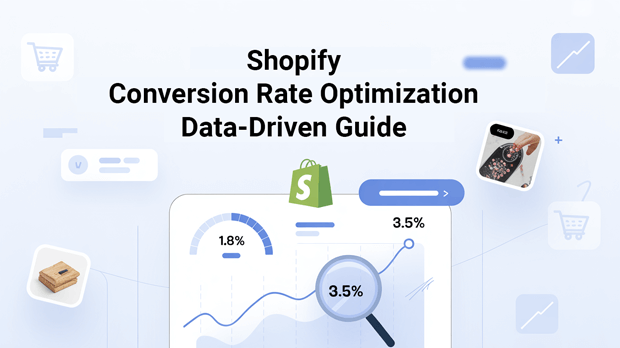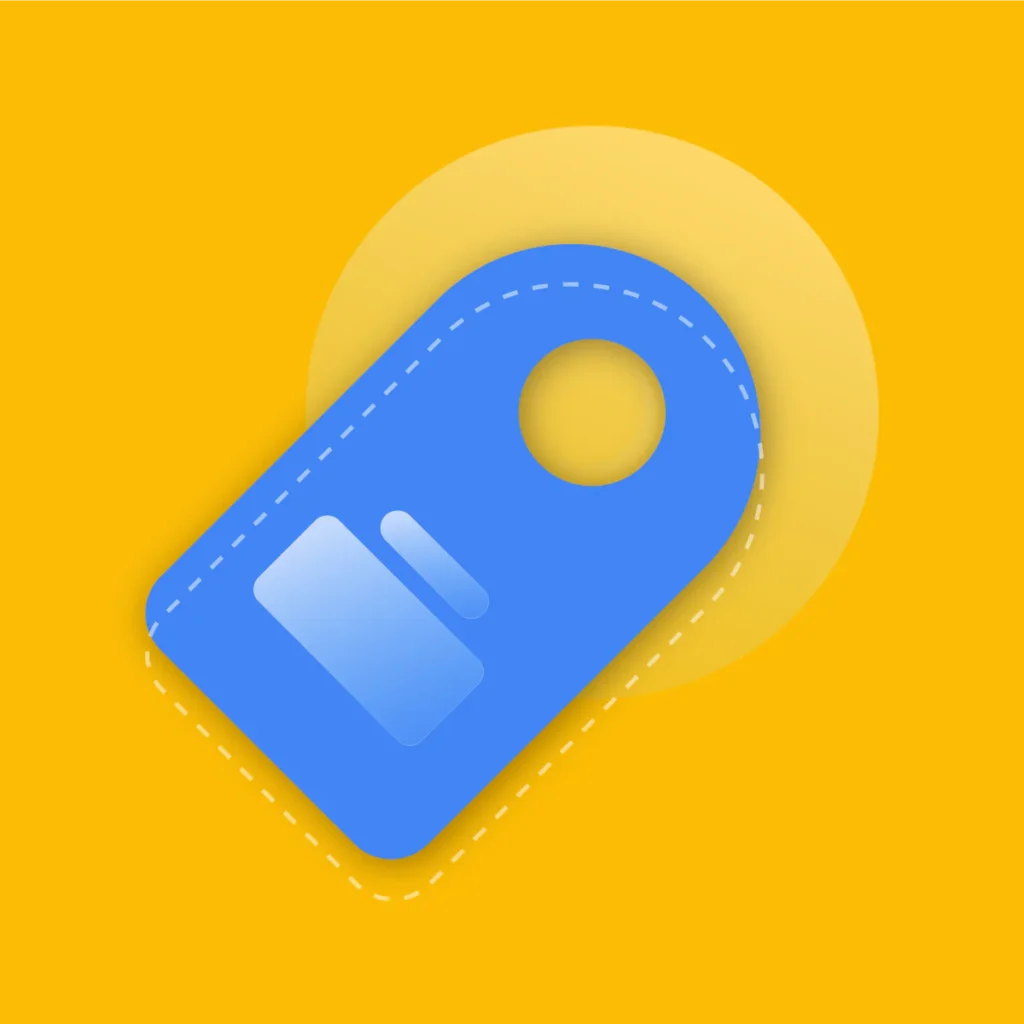Want to turn more visitors into buyers on your Shopify store?
You’re not alone. While Shopify powers over 4.6 million stores worldwide, the average eCommerce conversion rate still hovers between 1.75% and 2.5% (Statista, 2024).
This means that out of 100 visitors, 98 may leave without making a purchase.
But here’s the good news small, data-backed tweaks can result in big wins.
In this guide, we dive deep into Shopify conversion rate optimization, using real insights and strategies that work.
Whether you’re just starting out or scaling your DTC brand, you’ll find actionable advice backed by data, psychology, and CRO best practices.
Key Takeaways
- Learn how a 1-second delay in page speed can drop conversions by 7% and how to fix it.
- Discover why most Shopify stores have “leaky” product pages and how to plug them.
- Find out which Shopify apps boost conversions (and which ones slow your site down).
- Understand the psychological triggers behind successful Shopify checkouts.
- See how top-performing stores use heatmaps, A/B testing, and analytics to win more sales.
- Actionable checklist you can use today to boost conversion rate by up to 30%.
Why Shopify Conversion Optimization Matters
With customer acquisition costs on the rise and competition fiercer than ever, every click counts. In fact:
- 69.99% of online shopping carts are abandoned (Baymard Institute, 2024).
- Shopify stores that implement CRO strategies see up to 2x higher ROI on paid traffic (Shopify Plus Report, 2023).
- Just a 0.5% increase in conversion rate can lead to thousands of dollars in extra revenue, depending on traffic.
That’s why optimizing your Shopify store for conversions isn’t optional it’s essential.
What is Shopify Conversion Rate Optimization?
Shopify Conversion Rate Optimization (CRO) is the process of improving your Shopify store to increase the percentage of visitors who take a desired action, such as making a purchase, signing up for a newsletter, or adding a product to cart.
Key goals include:
- Increasing sales
- Reducing bounce rate
- Improving cart completion rate
- Enhancing customer lifetime value (CLV)
Key Metrics to Track Before Optimizing
Before you start making changes, establish baseline metrics. Use tools like Shopify Analytics, Google Analytics 4, and Hotjar to track:
- Conversion Rate (CR)
- Average Order Value (AOV)
- Cart Abandonment Rate
- Bounce Rate
- Customer Retention Rate
Knowing where you stand will help you track improvements and set realistic goals.
Recommended Blogs for You:
👉 Essential Shopify Apps Guide: Must-Have Tools for Growth
👉 Shopify Speed Optimization: Make Your Store Lightning Fast
👉 Best Shopify Themes for Every Industry: Performance Comparison
👉 How to Increase Average Order Value: 10 Proven Strategies to Boost Revenue
7 Proven Strategies for Shopify Conversion Rate Optimization

1. Speed Up Your Site
- A 1-second delay in load time can cause a 7% drop in conversions (Akamai, 2023).
- Use tools like PageSpeed Insights and TinyIMG for compression.
- Choose lightweight themes like Dawn or Impulse.
2. Optimize Product Pages
Your product page is your virtual salesperson. Make sure it includes:
- High-resolution images and videos
- Clear pricing and shipping details
- Social proof: Reviews, ratings, and UGC
- Trust badges and guarantees
- Persuasive product descriptions (use storytelling + benefits)
3. Simplify Navigation & Search
If users can’t find what they want, they’ll bounce.
- Use predictive search tools like Searchanise
- Offer filters for size, price, and category
- Add breadcrumbs for easier navigation
4. Streamline Checkout
- Use Shopify’s one-page checkout (available to Plus merchants)
- Enable Shop Pay and multiple payment methods
- Remove unnecessary fields
- Show a progress bar and trust icons
5. Implement Exit-Intent Popups
- Offer a discount or free shipping before users leave
- Use tools like Privy or OptiMonk
- Capture emails for remarketing
6. Leverage User Behavior Data
- Use Hotjar or Crazy Egg for heatmaps and session replays
- Identify drop-off points and friction areas
- A/B test different headlines, layouts, and CTAs
7. Use Urgency & Scarcity
- Add countdown timers for sales
- Display low-stock messages
- Highlight how many people are viewing the product
These psychological triggers can significantly increase conversions when used ethically.
Best Shopify Apps for Conversion Optimization
Here are some trusted apps to help boost your CRO:
- GP Free Shipping Bar: Motivate customers to spend more with a real-time progress bar.
- SalesPulse ‑ Sales Pop Up: Enhance revenue and engagement with smart pop-ups
- ReConvert: Post-purchase upsells
- Klaviyo: Email flows and abandoned cart recovery
Avoid installing too many apps, as they can slow down your site and hurt conversions.
A/B Testing: The Secret Weapon of CRO
Split testing allows you to make data-driven decisions instead of relying on gut feelings.
Start by testing:
- CTA button colors and copy
- Homepage banners
- Product descriptions
- Checkout layout
Use tools like Google Optimize, Convert.com, or VWO.
Pro Tip: Run tests for at least 2 weeks and ensure statistical significance.
Real-World Example: CRO in Action
A Shopify merchant selling eco-friendly home goods increased their conversion rate by 28% in 60 days by:
- Switching to a faster theme
- Adding trust badges and shipping info
- Rewriting product descriptions
- Implementing Klaviyo abandoned cart flows
- A/B testing CTA buttons
This shows that consistent, data-driven tweaks can compound over time.
Frequently Asked Questions (FAQ)
What is a good Shopify conversion rate?
A good Shopify conversion rate is typically between 2.5% and 3.5%. Top-performing stores can reach over 5%.
How do I find my Shopify store conversion rate?
Go to your Shopify Admin > Analytics > Reports > Conversion rate overview.
Why is my Shopify store getting traffic but no sales?
Common reasons include:
1. Poor product page design
2. Slow site speed
3. Complex checkout
4. Lack of trust signals
5. Misaligned audience targeting
What is the fastest way to improve Shopify conversions?
Start with site speed optimization, clear CTAs, trust-building elements, and simplified checkout.
Does Shopify have built-in CRO tools?
Shopify offers basic analytics and A/B testing with Shopify Plus, but many CRO tools are third-party apps.
Conclusion
Shopify conversion optimization isn’t a one-time fix, it’s a continuous process of testing, learning, and improving.
The stores that thrive aren’t necessarily the ones with the best products, but those with the best-optimized customer journey.
Start small, use data, and keep iterating. In a competitive market, CRO is your secret weapon.



